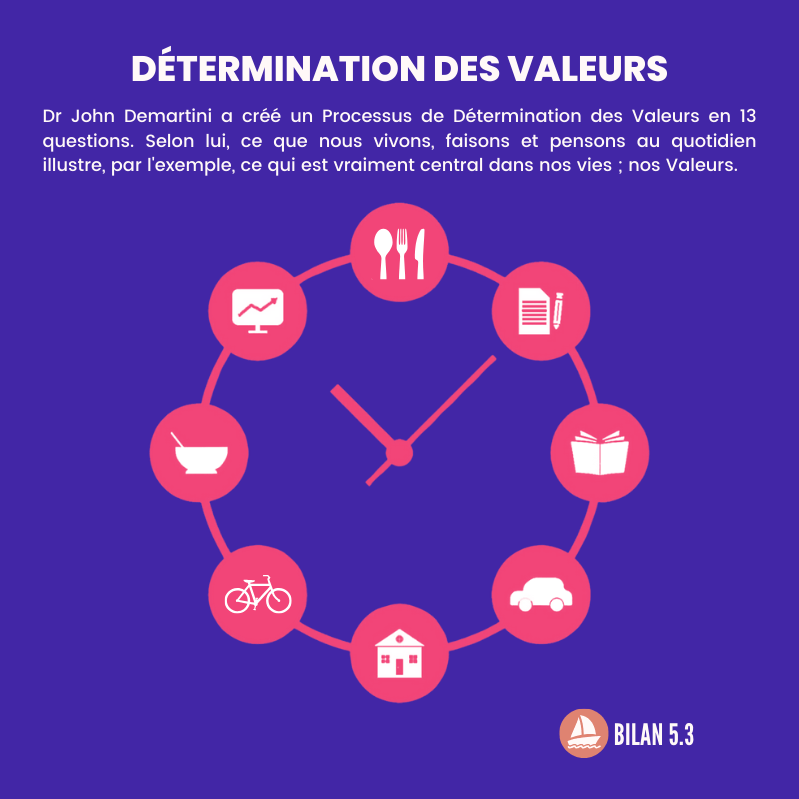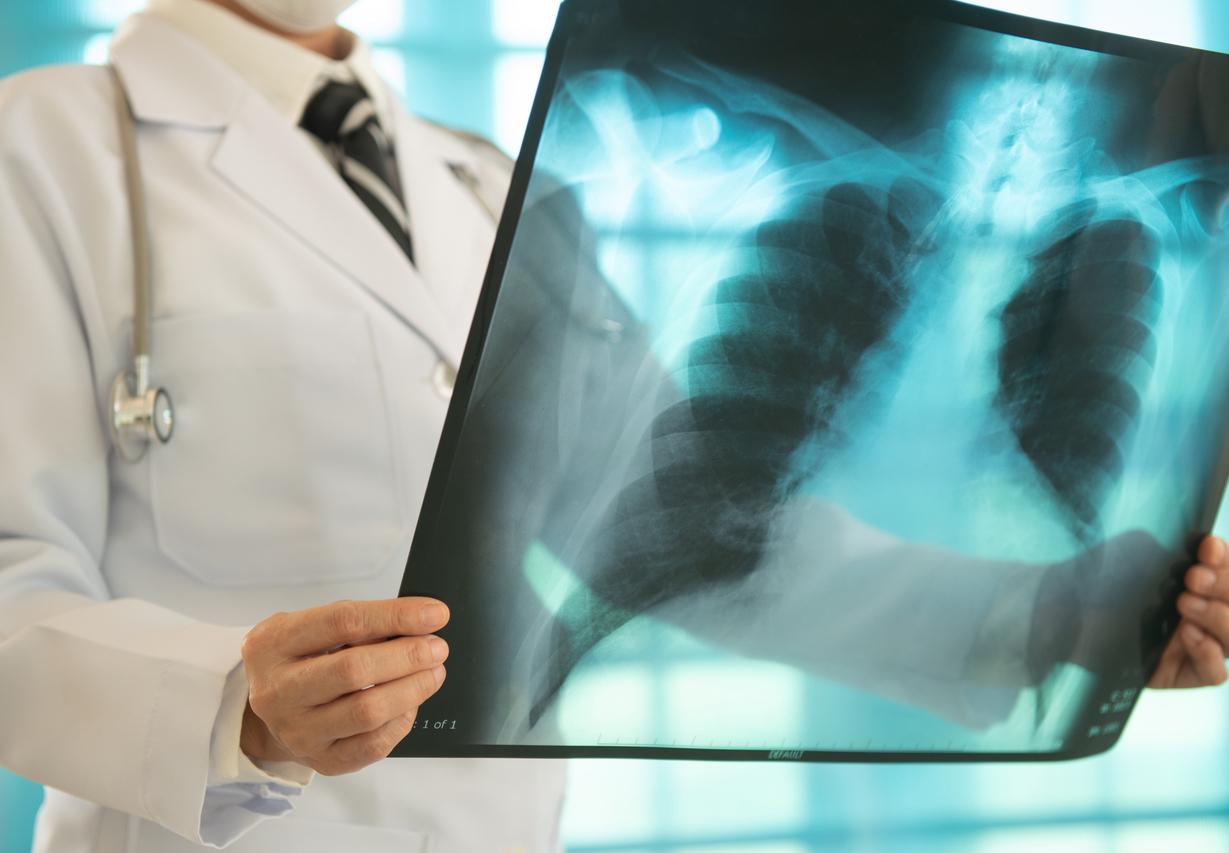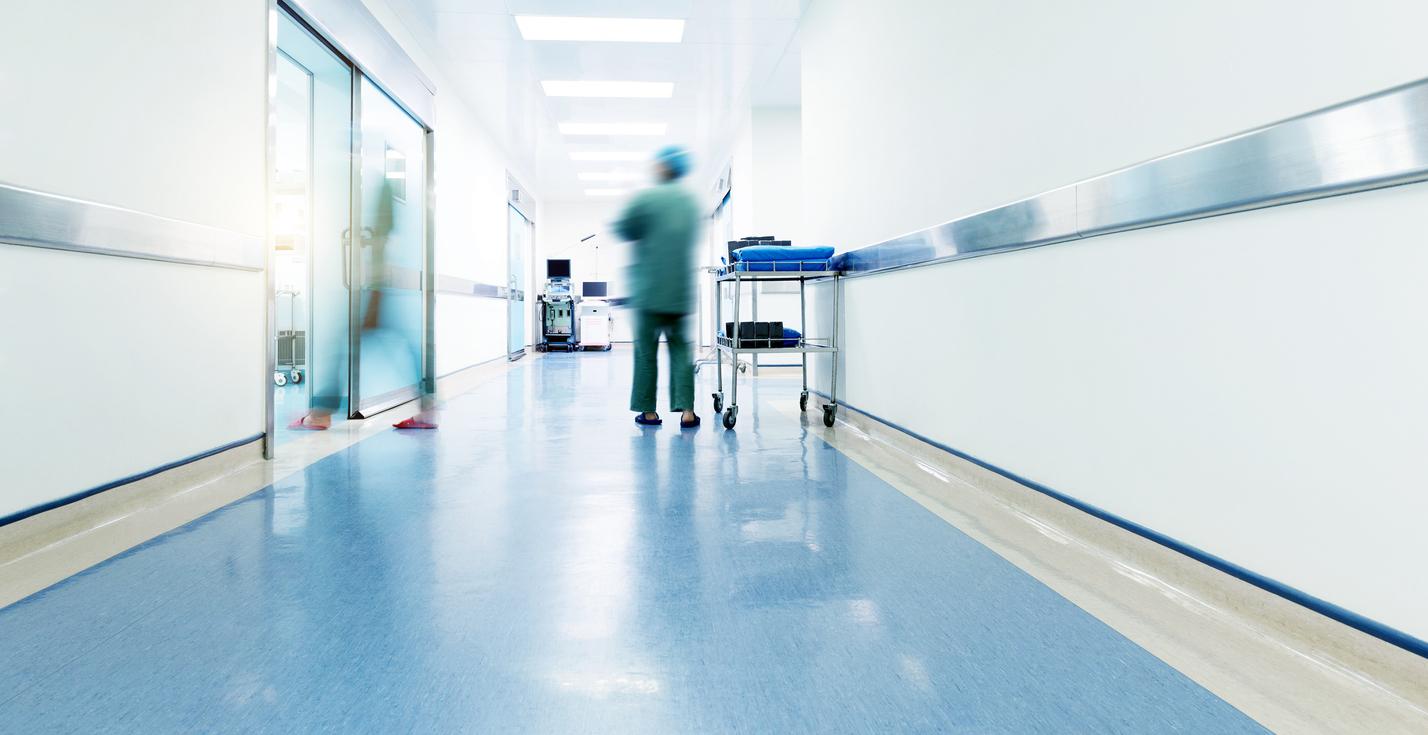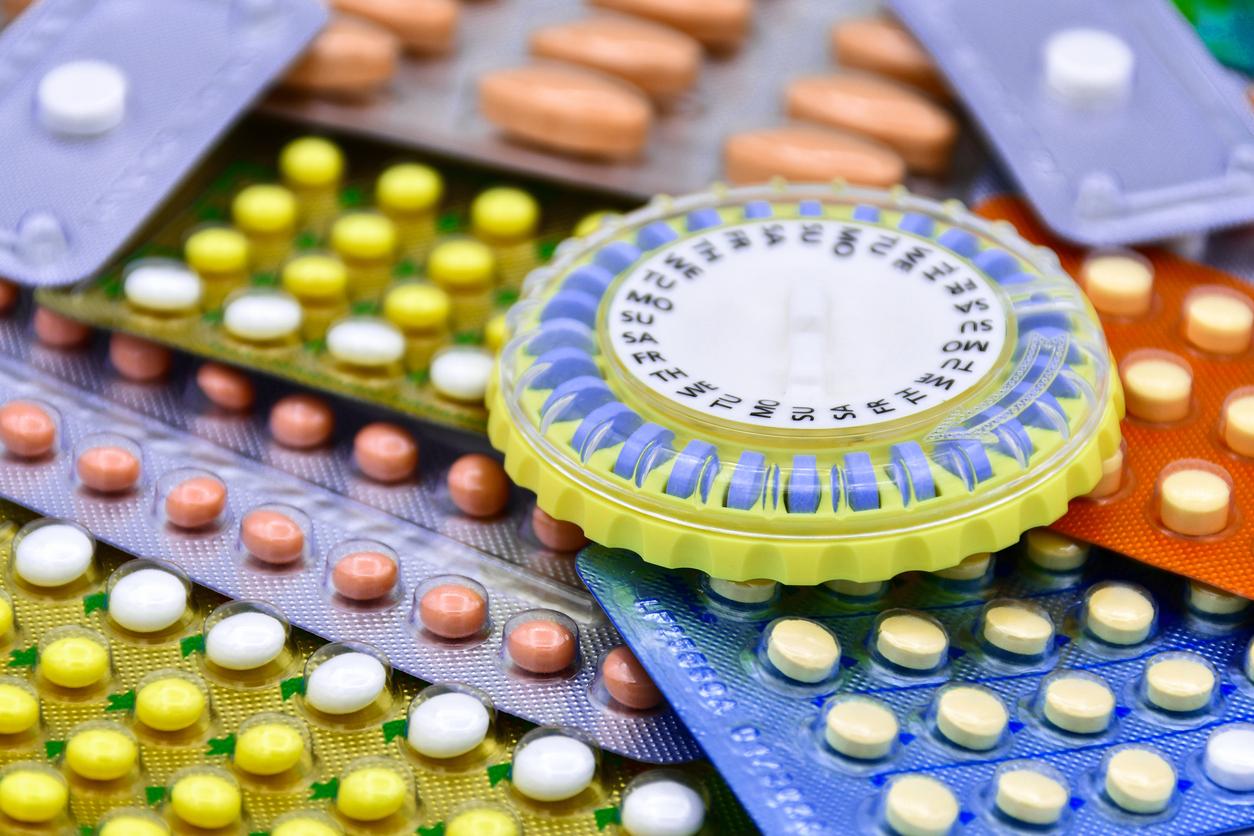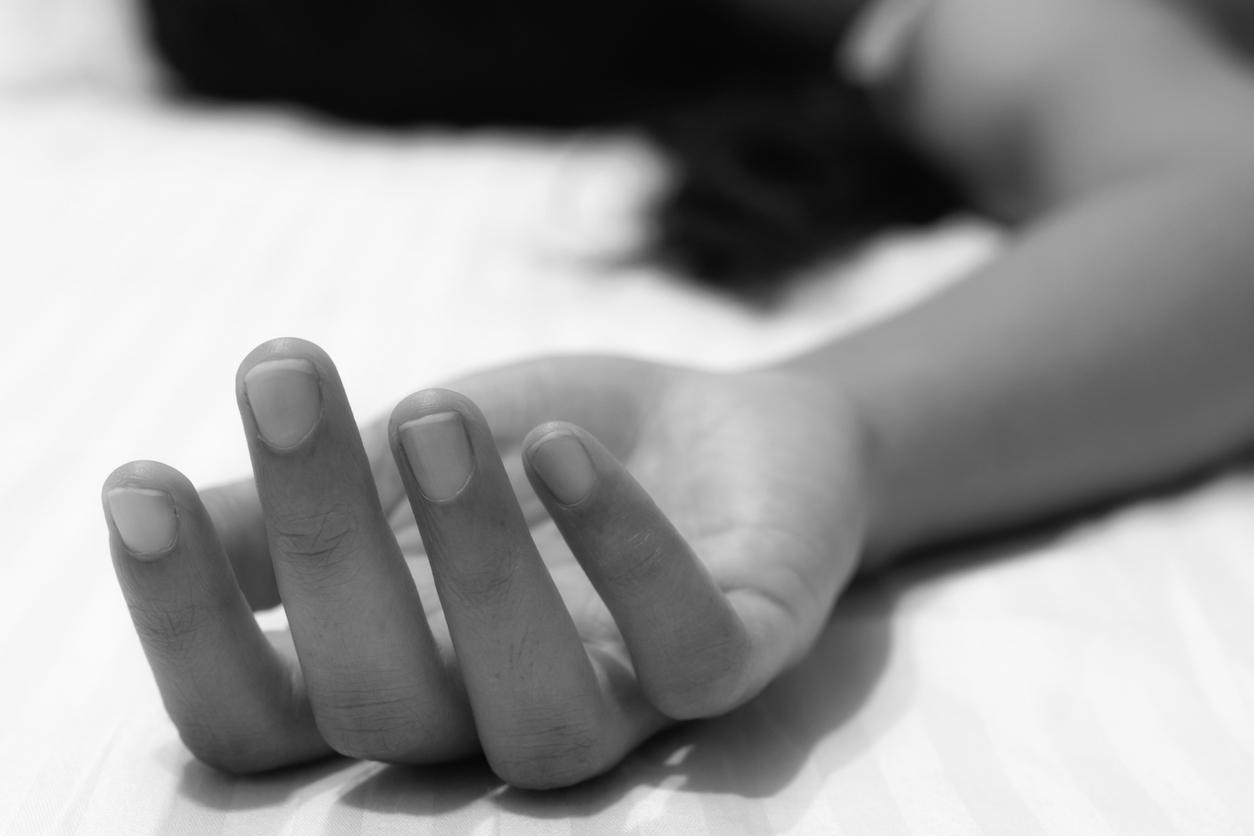The arrival of sunny days is not always welcome for the legs. Symptoms of poor circulation (called venous insufficiency) are indeed often made worse by heat. And the 2 months of confinement did little to improve things because the lack of physical exercise is a risk factor for venous insufficiency, a disease that affects women more due to hormones and heredity.
“But with regard to venous insufficiency, many studies have highlighted environmental factors and lifestyle. It no longer appears to be a purely hereditary disease” underlines Dr Philippe Blanchemaison, phlebologist.
What are the main venous risk factors?
- Gender and age
- The length of the sedentary life
- Excess weight in relation to the healthy weight
- The number of term pregnancies
- Heredity
In a predisposed person, the disease will progress in flares, triggered or aggravated by some of these risk factors. “For example the first pregnancy leads to a 23% risk of the appearance of varicose veins, the 2nd and 3rd pregnancies increase this risk to 27% and the 4th pregnancy gives a risk of 30%. On the other hand, obesity with a BMI greater than or equal to 27 carries a risk of 39% of developing varicose veins. It is therefore logical to place excess weight before the number of pregnancies in the classification of risk factors “explains the phlebologist.
To find out your own venous risk, answer this self-questionnaire by scrolling through the slideshow.
Source: “Risk factors for chronic insufficiency of the lower extremities“, Dr Philippe Blanchemaison, phlebologist.
Read also :
- Venous insufficiency: how to choose compression stockings
- Essential oils: 3 recipes to relieve heavy legs
- 10 actions to lose weight from the bottom almost effortlessly
- Veins and arteries: what’s the difference?
- Heavy legs are (naturally) relieved























